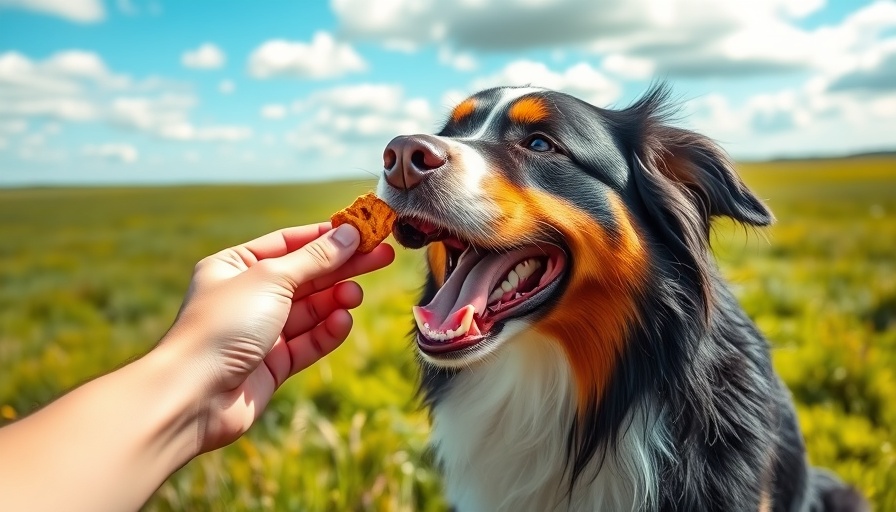
The Polish Lowland Sheepdog: A History of Dedication
The Polish Lowland Sheepdog, known as the PON, brings a rich history of dedication and loyalty from the heart of Poland. Originating as a herding and guarding breed, these shaggy companions were bred to navigate the country's rugged landscapes and protect sheep from predators. Their ancestors, the Hungarian Puli, lent them their unique appearance and working abilities. This breed’s distinctive coat not only gives them a charming mop-like look but also serves a functional purpose, shielding them from harsh weather conditions.
Understanding Their Energetic Nature and Care Needs
With a lively temperament, the Polish Lowland Sheepdog is wonderfully adaptable yet requires regular exercise and mental stimulation. Their energy levels are moderate to high, so daily walks, play sessions, and engaging activities are crucial. Failing to meet their physical needs might lead to boredom—and as any dog parent knows, bored dogs can often find their own mischief!
Caring for a PON involves maintaining their dense double coat. Regular brushing helps to prevent tangles and matting, while keeping the fur around the eyes, ears, and paws neatly trimmed promotes good hygiene. Training a Polish Lowland Sheepdog can be a fulfilling experience, as they are intelligent and quick learners, although their independent streak may pose some challenges. A patient and positive approach to training will yield the best results, fostering a wonderful bond between dog and owner.
Health Considerations for Your PON
While the Polish Lowland Sheepdog is considered relatively healthy, being informed about potential health issues is essential for any pet owner. They typically enjoy a lifespan of 12–14 years, but certain hereditary conditions do merit attention. Hip dysplasia is a common concern, characterized by improper hip joint development, leading to pain and possible arthritis. Symptoms may include difficulty standing, a bunny-hop-like gait, or reluctance to jump or climb stairs.
Another concern is progressive retinal atrophy (PRA), a genetic eye condition that gradually leads to blindness. Although it's not overly common, awareness is key. Regular check-ups with a veterinarian can help monitor these conditions, ensuring your PON enjoys a healthy and active life.
Why Polish Lowland Sheepdogs Make Great Companions
Choosing a Polish Lowland Sheepdog isn’t just about adopting a pet; it's about welcoming a loyal family member. Their affectionate nature makes them wonderful companions. They thrive in environments where their intellect and spirit are celebrated, making them a perfect fit for active families or individuals with a zest for life. Imagine cozy evenings filled with play followed by a dog snuggled beside you—a true embodiment of happiness for dog lovers.
Finding Your PON: Adoption and Rescue Options
If you’re inspired to welcome a Polish Lowland Sheepdog into your home, consider adoption or rescue avenues. Numerous organizations are dedicated to fostering and rehoming this lovable breed. This route not only helps you find a loyal friend but also provides a deserving dog with a second chance at happiness.
Final Thoughts: Nurturing a Lifelong Bond
Embracing the joys of having a Polish Lowland Sheepdog means preparing for a lifetime of fun, love, and loyalty. With proper care, training, and a commitment to their needs, these adorable companions will not only thrive but also enrich your life immeasurably. As you embark on this exciting journey, remember that every wagging tail signifies love—a truly priceless gift.
 Add Row
Add Row  Add
Add 


Write A Comment